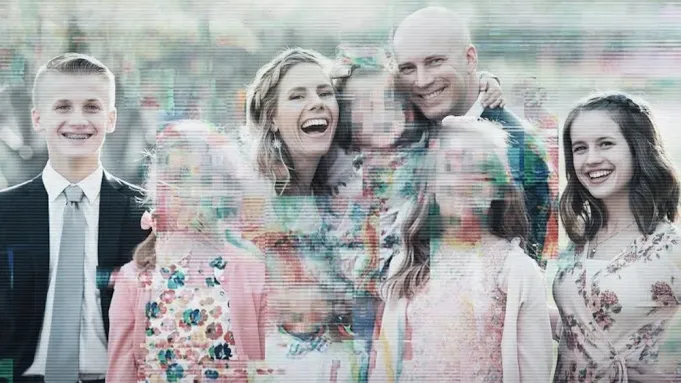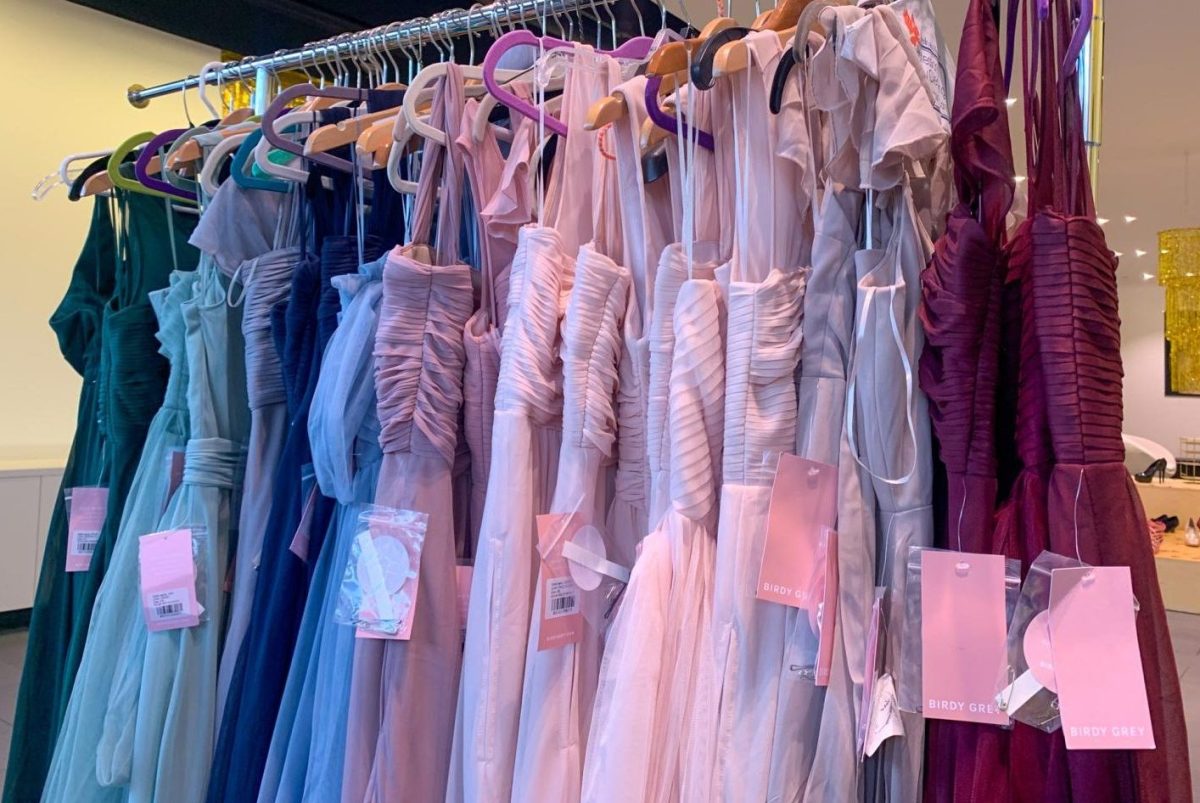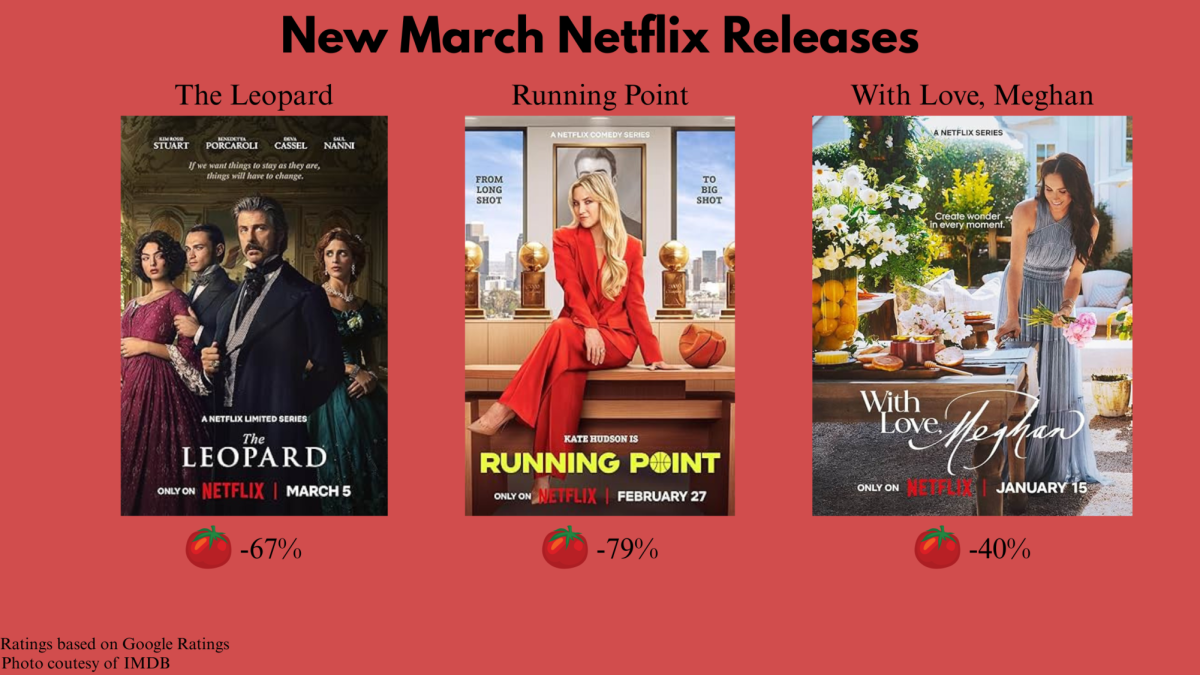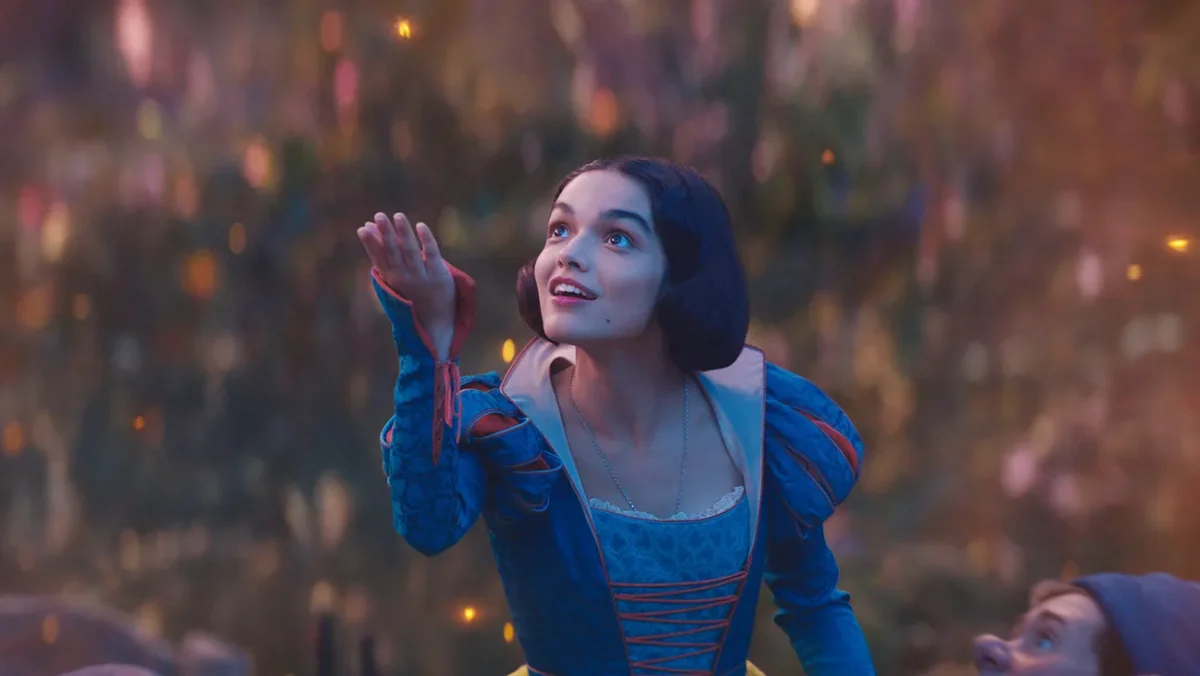While women across the country took to the streets in the 1960s to protest gender discrimination in the workplace, Ruth Bader Ginsburg stayed home. After all, she had her own work to do, from teaching law at Rutgers to being the general counsel for the American Civil Liberties Union (ACLU). In contrast, she contributed to the cause from behind a desk. And despite not marching through the streets, it was her work that made the women’s rights movement possible.
While the #MeToo has taken over national headlines, it’s important to remember the people and events who have created the precedent of fighting for gender equality. The feminist lawyers and judges who have convicted abusers such as Larry Nassar and Bill Cosby follow Ginsburg’s legacy of persistence and courage in the face of injustice. For these reasons, our current political and social climate is the ideal time for the documentary “RBG,” released May 4.
Portraying the life and career of one of the most iconic Supreme Court justices to date, “RBG” uses her landmark court cases and interviews with her late husband, friends, colleagues and Ginsburg herself to create an optimistic documentary. It is perfectly balanced with courageous, heartwarming and humorous elements.
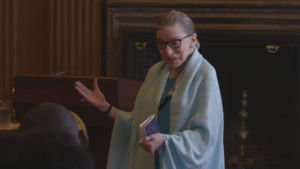
The film follows Ginsburg on her journey from childhood to becoming the celebrated pop-culture and judicial icon she is today, interspersed with descriptions of her most impactful court cases. It’s a celebration of her career and personal accomplishments that chronicles an important piece of the history of women’s rights in America.
First things first: “RBG” is not the most exciting, on-the-edge-of-your-seat documentary, much less movie, that has ever been made. However, to make such a melodramatic documentary about Ginsburg would be a betrayal to who she is as a person. The mood of “RBG,” directed by Betsy West and Julie Cohen, matches the personality of Ginsburg: mellow, logical and mostly light-hearted.
One of the most fascinating parts of “RBG” was the descriptions of the obstacles Ginsburg had to overcome in order to advance her career. At Harvard Law School, she was one of nine female students in a class of 500. Nevertheless, she was the first woman published in both the Harvard Law Review and Columbia Law Review; the early focus on her time in law school foreshadows the struggle she faced later in her career.
After being rejected from multiple jobs because of her gender, she co-founded the Women’s Rights Project at the ACLU in 1972, which gave her her first opportunity to appear in front of the Supreme Court. In the documentary, she describes how she felt like a kindergarten teacher while arguing in front of the justices for the first time because of their lack of knowledge on sex discrimination.
Interviews with plaintiffs and old photos involving Ginsburg’s most groundbreaking court cases made Ginsburg’s impact tangible, as it effectively brought the viewer back in time. For example, the case United States v. Virginia, which made it possible for women to attend the Virginia Military Institute alongside men, was brought alive by old footage of the school and its first female class. By featuring multiple landmark cases Ginsburg was involved in, and the judicial precedents these cases created, her impact on women’s rights is made clear.
The most heartwarming moments of the documentary were the mentions of Marty Ginsburg, Ruth’s late husband and fellow lawyer, whom she met at Cornell University. The incorporation of old pictures and footage from their time in college and as young adults, as well as interviews with the couple’s friends from college, makes these moments in the film feel very personal and charming.
Many times, the film emphasizes how supportive Marty was of her, and how he let his career take a backseat in order to support her, an uncommon relationship dynamic at the time. From calling to remind her to come home when she worked late to endlessly campaigning for her to be considered for an opening Supreme Court Justice position, it’s clear how important their relationship was to Ruth.
“Ruth was the least likely person to toot her own horn,” he said in a speech featured in the documentary, “so I was the New York Philharmonic.”
Luckily, this focus on Ginsburg’s personal life didn’t overshadow her professional achievements. Instead, it provided a foundation to recognize not only her professional success, but put these successes in the context of her life as a whole.

Additionally, sporadic, humorous anecdotes broke up the more serious, career-related stories, which gave Ginsburg additional dimension, considering she was often portrayed as a workaholic in the documentary. For example, the mention of her friendship with Antonin Scalia and her perspective on her famous nickname “The Notorious R.B.G.” bring a jovial tone to the film.
It’s worth mentioning that viewers of “RBG” should not expect a critical look at Ginsburg’s career. The opinion of the directors is clear, and the documentary is a celebration of her achievements. It’s made implicit that viewers share the adoration of Ginsburg as the celebrated liberal figurehead she is today.
“RBG” skillfully brings viewers back to the time when sex discrimination first became a legitimate phenomena, and focuses on the woman who made much of it happen. Ginsburg didn’t need to shout in order to create change. In fact, she barely raised her voice. Still, her dissenting spirit has led generations to become more fearless and persistent in the face of obstacles and injustices.


